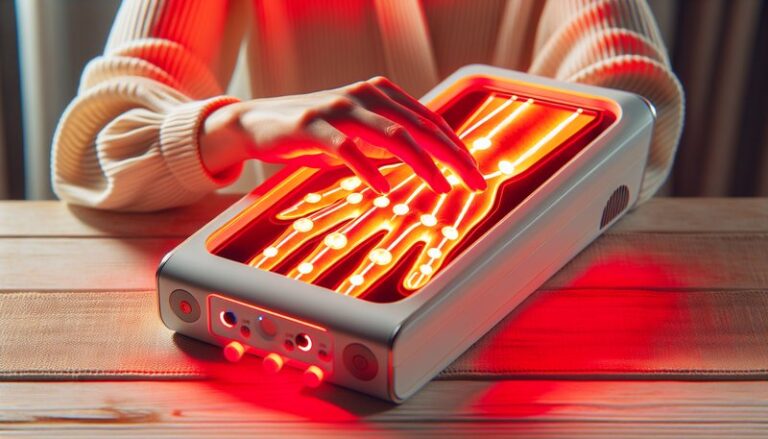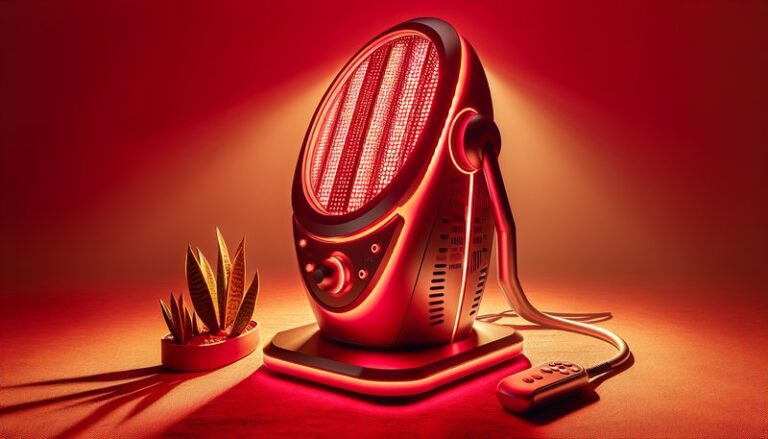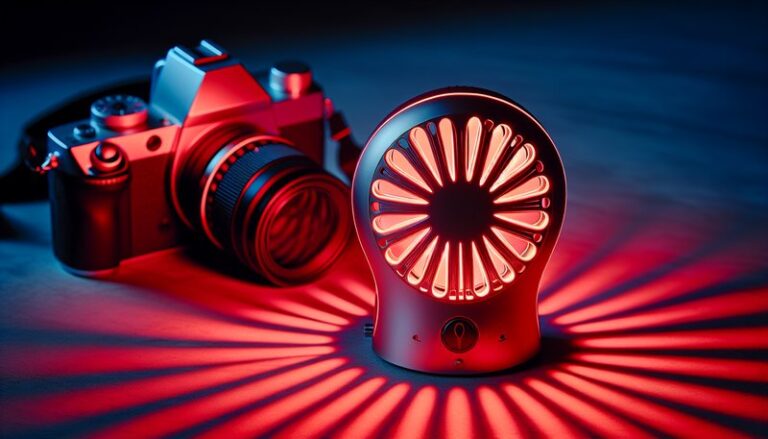Is Red Light Therapy Beneficial?
Have you ever wondered whether red light therapy really delivers on its promises?
In this article, we’ll explore the ins and outs of red light therapy, examining what it is, its purported benefits, and whether it is a viable option for various health needs. We will also consider alternative therapies and address common questions surrounding this treatment.
Key Takeaways
- Red light therapy uses low-level wavelengths of light for health benefits, including skin rejuvenation and pain relief.
- Scientific research supports various benefits of red light therapy, with promising results in areas like wound healing and inflammation reduction.
- It is important to consider personal health conditions and consult with a professional before starting red light therapy.
What is Red Light Therapy?
Red light therapy, also known as low-level laser therapy (LLLT) or photobiomodulation, employs specific wavelengths of light to stimulate biological processes within the body. It typically uses red and near-infrared light, which penetrate the skin and can influence cellular functions.
This therapy came into prominence through various studies emphasizing its potential in enhancing skin health, promoting healing, and alleviating pain. Unlike UV light, which can damage the skin, red light works at a cellular level, promoting healing and rejuvenation without adverse effects.
How Does It Work?
Red light therapy works by emitting light wavelengths that stimulate the mitochondria in cells. The mitochondria are responsible for producing ATP (adenosine triphosphate), which provides energy that helps cells to repair and regenerate. This increase in cellular energy stimulates the healing process and reduces inflammation.
What are the Benefits of Red Light Therapy?
Red light therapy boasts a range of benefits that have caught the attention of both researchers and health enthusiasts. Let’s delve deeper into some of the notable advantages.
Skin Enhancement
One of the most popular applications of red light therapy is for skin rejuvenation. It is often used to reduce wrinkles, fine lines, and overall signs of aging. Studies indicate that regular use can improve skin tone and texture, leading to a healthier appearance.
Pain Relief
Another significant benefit is its effectiveness in pain management. Red light therapy has been shown to reduce pain associated with conditions like arthritis, muscle soreness, and joint pain. The therapy’s anti-inflammatory properties can enhance recovery and promote mobility.
Wound Healing
Research has also demonstrated that red light therapy can accelerate wound healing. By boosting collagen production and stimulating cellular repair processes, this therapy is beneficial for treating cuts, burns, and other skin injuries.
Other Benefits
- Hair Growth Stimulation: Red light therapy has been linked to increased hair growth in individuals with certain types of hair loss, making it a potential treatment for androgenetic alopecia.
- Improved Muscle Recovery: Athletes often use red light therapy to enhance recovery after workouts, reducing soreness and speeding up healing.
Is it Possible to Perform Red Light Therapy at Home?
Many people are curious about the feasibility of conducting red light therapy at home. The answer is yes; various devices and tools are available for home use, from handheld units to full-body panels.
What are the Advantages of Home Use?
Convenience: Home devices allow you to integrate therapy into your daily routine without scheduling professional sessions.
Accessibility: Many affordable options exist, making it easier for individuals to access red light therapy.
Privacy: You can experience the benefits in the comfort of your own environment, enhancing relaxation and ease.
What are the Disadvantages of Home Use?
Limited Efficacy: Home devices may not deliver as powerful or effective results as those used in clinics.
Safety Considerations: Without proper knowledge or guidance, there is a risk of misuse, which could lead to ineffective treatment or skin irritation.
Consistency: Achieving optimal results often requires a disciplined, regular schedule, which can be hard to maintain at home.
What are the Things to Consider Before Starting Red Light Therapy?
Before beginning red light therapy, there are several important factors to consider to ensure safety and efficacy.
For the full details, see Why Is Red Light Therapy So Expensive?
Consultation with a Healthcare Professional
It is essential to consult with a doctor or a qualified practitioner to evaluate whether red light therapy is appropriate for your specific health condition.
Device Quality
Research the quality and effectiveness of red light therapy devices before making a purchase. Look for FDA-approved devices and read reviews to find reliable options.
Treatment Duration and Frequency
Consider how often and how long you plan to use the therapy. Most studies suggest multiple sessions per week for optimal results, so establishing a routine is crucial.
What are the Alternatives to Red Light Therapy?
If red light therapy does not seem like the right fit for you, there are alternative treatments worth exploring.
Low-Level Laser Therapy
Similar to red light therapy, low-level laser therapy utilizes lasers to enhance cellular function and healing, making it another option for those seeking non-invasive treatment.
Ultrasound Therapy
Ultrasound therapy uses sound waves to promote tissue healing and reduce inflammation, providing a viable alternative for pain relief and recovery.
Cryotherapy
Cryotherapy, or cold therapy, involves using extremely cold temperatures to relieve pain and inflammation. It may be suitable for muscle recovery and overall wellness.
Conclusion: Is it Recommended to Use Red Light Therapy?
Red light therapy shows promise with various benefits, from skin enhancement to pain relief. However, consult a healthcare professional before starting any therapy and weigh personal health conditions against potential outcomes.
With thoughtful consideration and appropriate guidance, red light therapy may be an effective tool in your wellness arsenal.
Frequently Asked Questions
Is red light therapy safe?
Yes, when used correctly and with appropriate devices, red light therapy is generally considered safe. However, consulting with a healthcare professional is advisable, especially for individuals with specific health concerns.
How long does it take to see results?
Results can vary based on the application and individual response. Many users report visible improvements within a few weeks, especially with regular use.
Can anyone use red light therapy?
While most people can safely use red light therapy, individuals with specific medical conditions or those on medications that increase sensitivity to light should consult a professional before proceeding.
Read our thoughts on How Quickly Does Red Light Therapy Work?
Are there any side effects?
Side effects are rare, but some users may experience temporary redness, warmth, or irritation at the treatment site. These effects usually subside shortly after treatment.
How often should I undergo treatment?
For optimal results, most recommendations suggest 3-5 sessions per week, but the frequency may depend on your specific condition and the advice of your healthcare provider.






